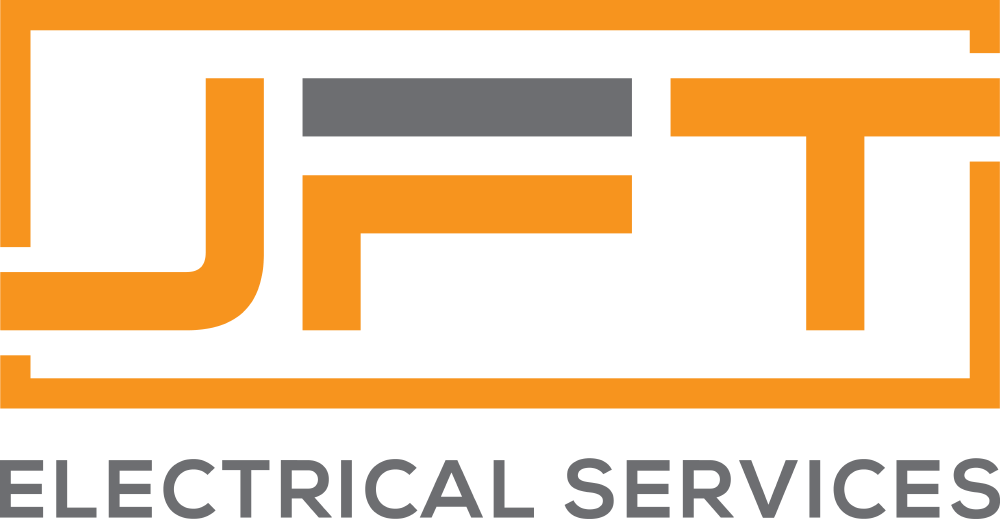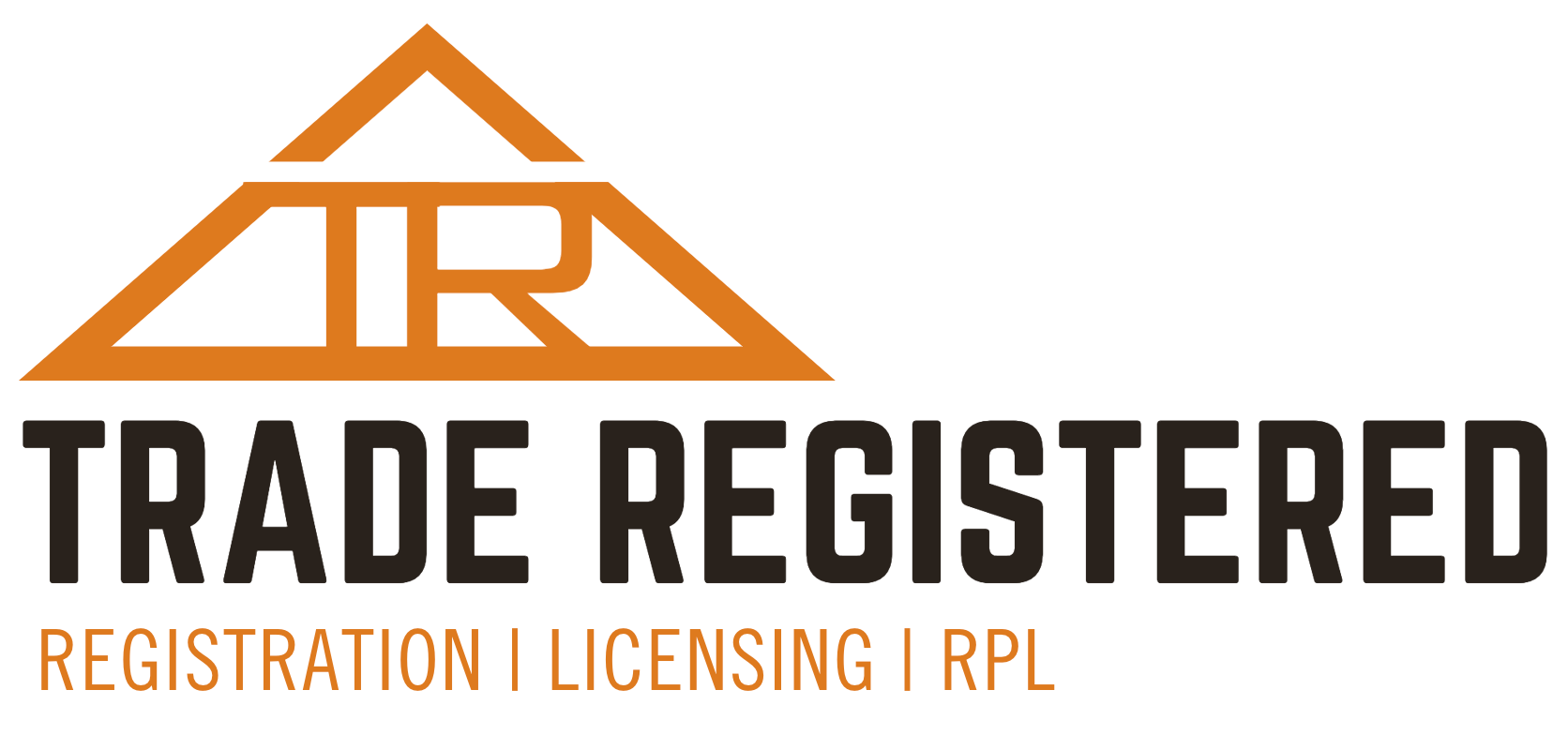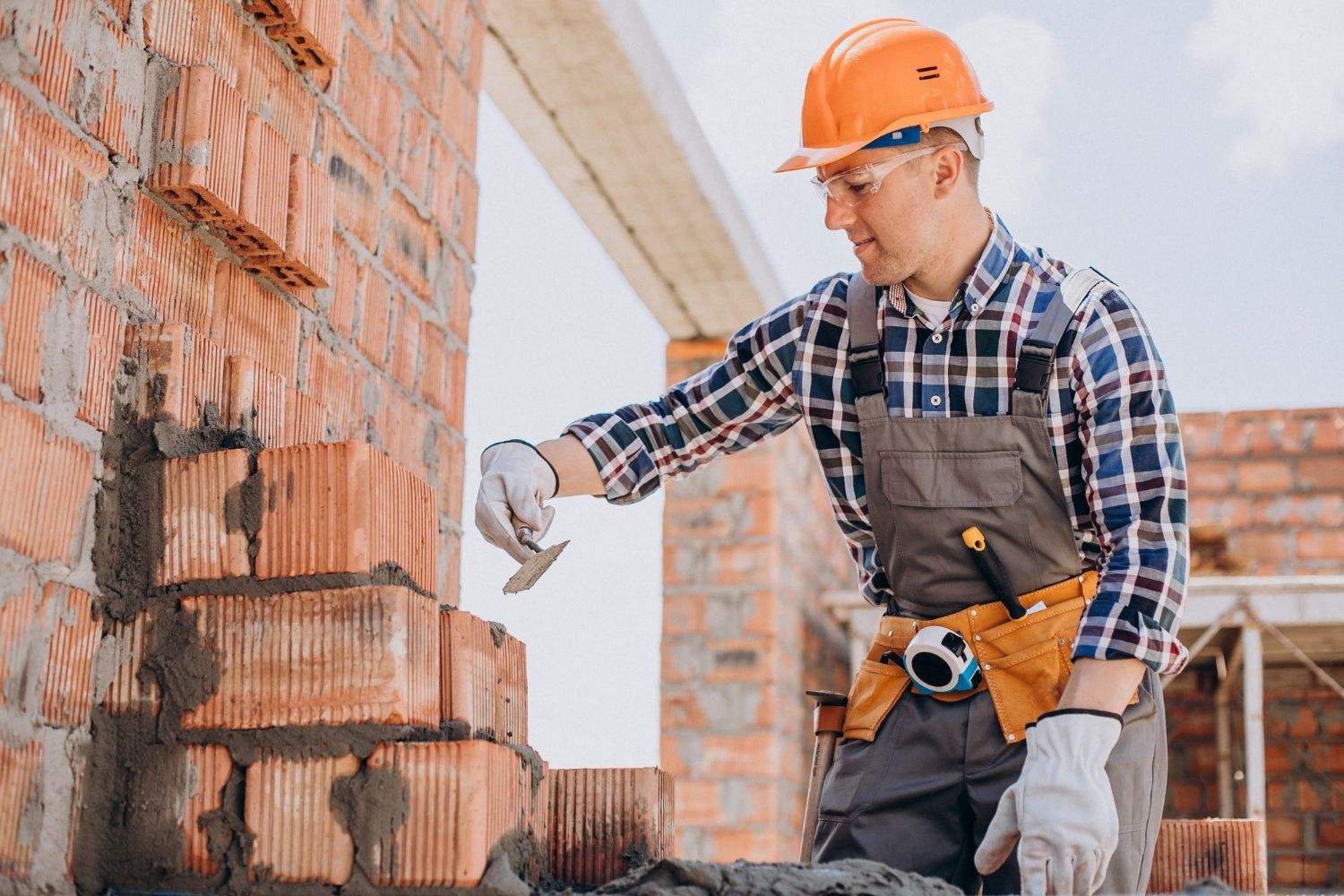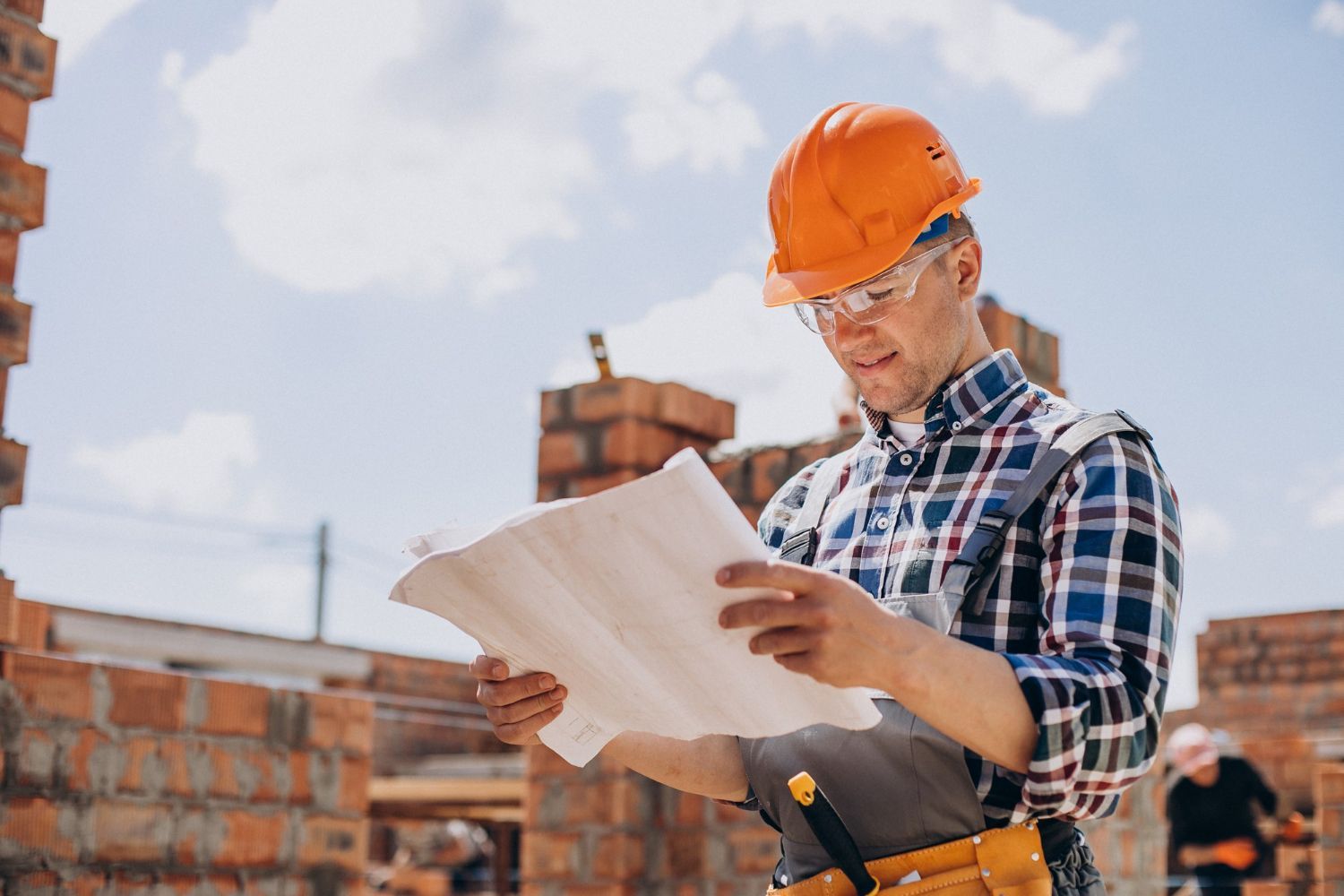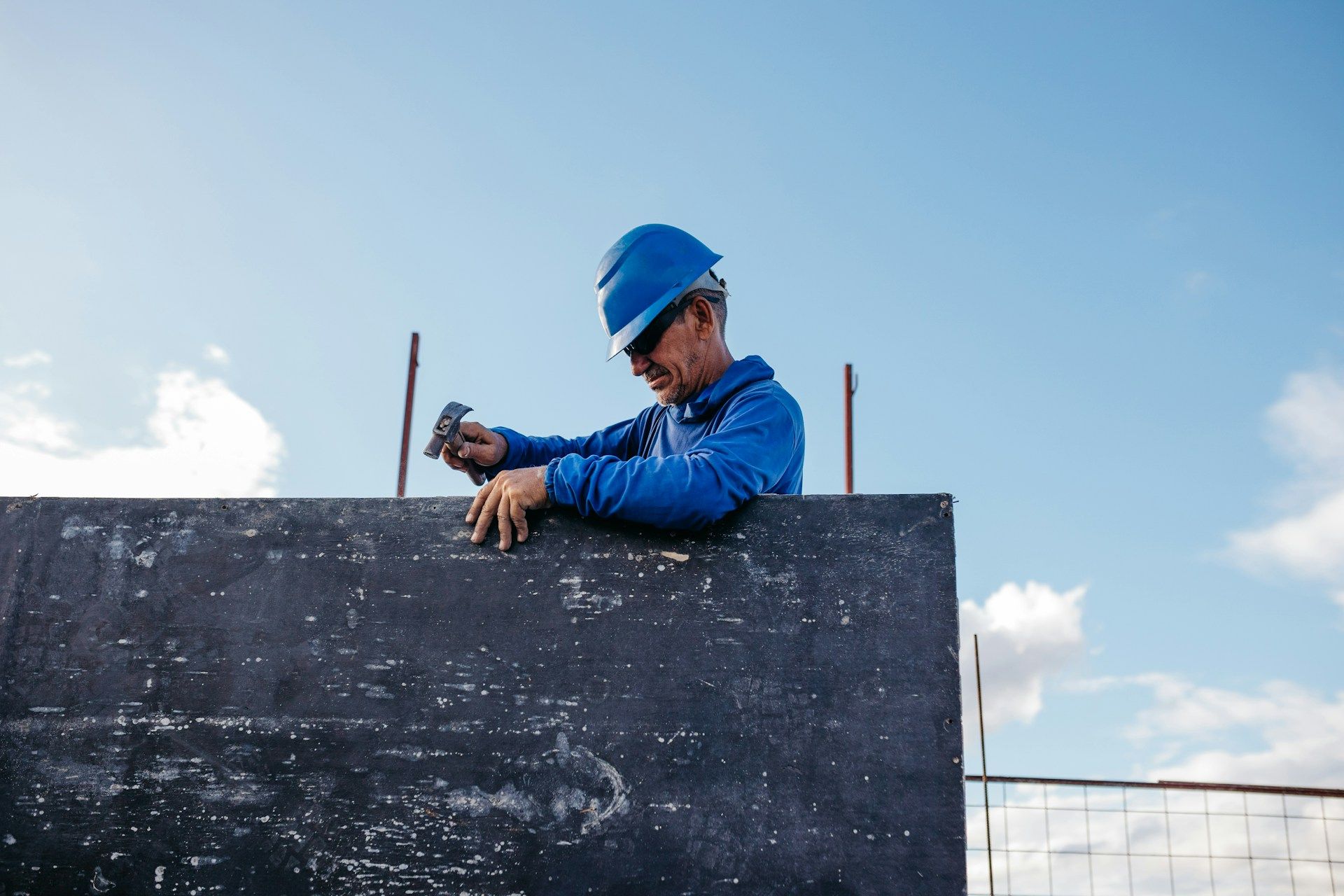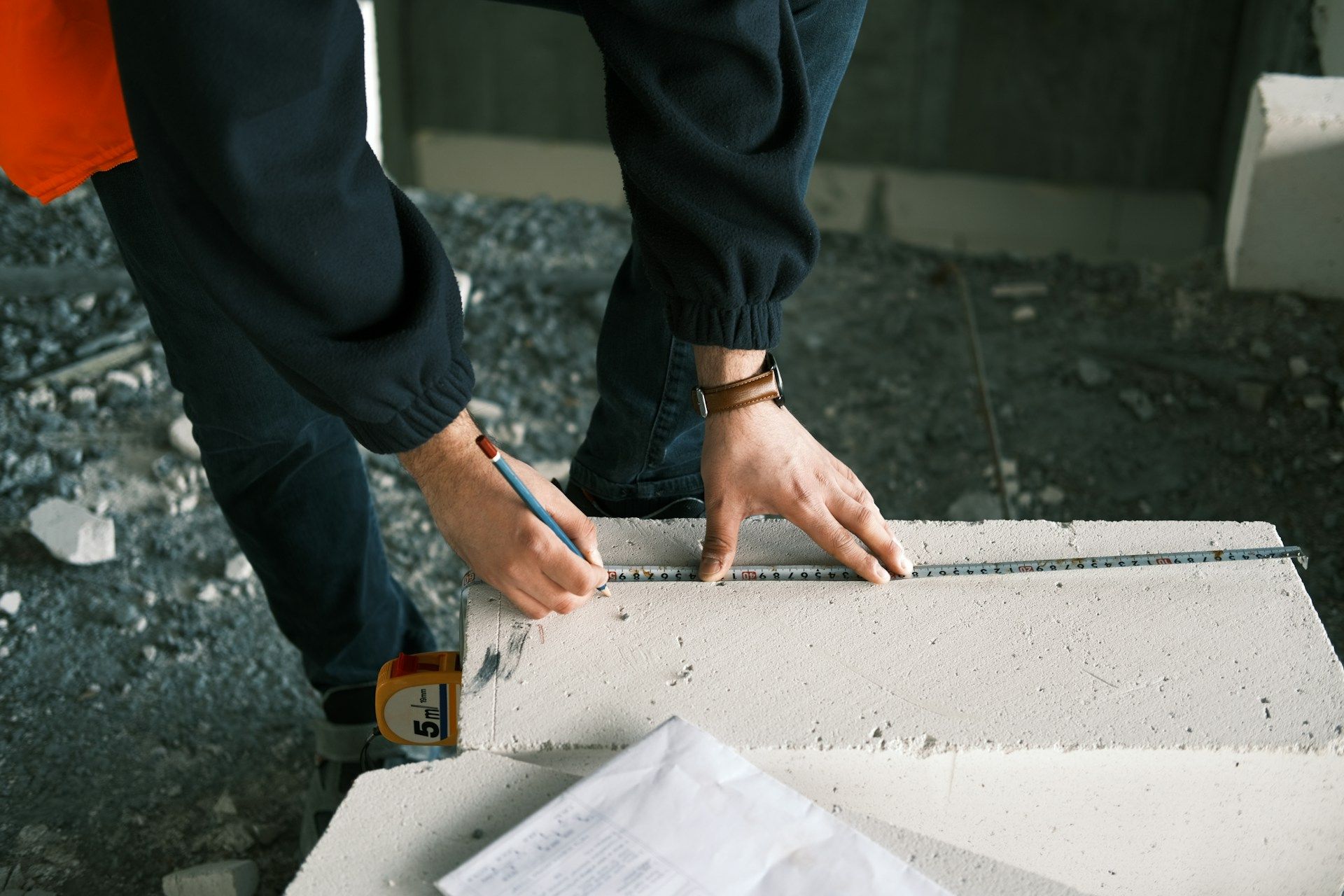Steps to Secure Your Builder's Licence in Victoria in 2024
Becoming a licensed builder in Victoria is an important step for anyone looking to advance their career in the construction industry. It gives you the authority to manage and execute building projects, ensuring everything adheres to the state's standards and regulations. This guide aims to help you navigate the steps involved in securing your builder's licence in Victoria.
We’ll outline the different types of builder's licences you can apply for, the essential documentation you need to gather, and how to prepare effectively for the licensing exams and interviews. By understanding the entire process, you can approach your application with confidence and clarity, increasing your chances of success. Let’s dive into the steps you need to take to achieve your goal.
Understanding the Builder's Licence Categories in Victoria
To secure a builder's licence in Victoria, it’s crucial to understand the different categories available. The Victorian Building Authority (VBA) offers various registration types that cater to different aspects of building and construction work. The two primary categories are Domestic Builder Registration and Commercial Builder Registration.
Domestic Builder Registration is suited for those who intend to work on residential projects. This includes a range of tasks, such as constructing new homes, performing renovations, and undertaking repair work. Within this category, there are further sub-categories like Domestic Builder (Limited) and Domestic Builder (Unlimited), which define the scope of work you are authorised to perform.
Commercial Builder Registration, on the other hand, is designed for those focusing on non-residential projects. This category includes building commercial structures like offices, retail spaces, and multi-residential buildings. Similar to the domestic category, commercial builder registration can be broken down further into classes such as Commercial Builder (Limited) and Commercial Builder (Unlimited). Understanding these categories will help you determine which licence aligns best with your experience and career goals.
Gathering Your Essential Documentation
Securing your builder's licence requires gathering several key documents. Each of these verifies your qualifications and readiness for the responsibilities of a licensed builder.
- Qualifications: You need to provide evidence of your educational background. This includes certificates from vocational courses, diplomas, or degrees relevant to building and construction.
- Proof of Experience: Demonstrating your practical experience in the industry is essential. This often involves providing detailed information about previous projects you've worked on, including the scope of work and your specific role.
- Professional Indemnity Insurance: This insurance is crucial as it protects you against claims of negligence or breaches of professional duty. You need to show proof that you have this insurance in place.
- National Police Check: The VBA requires a current National Police Check to ensure that you have a good character and a clear record. This helps verify that you meet the ethical standards expected of licensed builders.
- References from Industry Professionals: Collect references from other licensed builders or industry professionals who can vouch for your skills, experience, and professionalism. These references play a significant role in supporting your application.
- Financial Statements: You need to provide financial statements to demonstrate your financial stability and capacity to manage building projects. This could include bank statements, tax returns, or other financial documents.
By meticulously assembling these documents, you can create a robust application that truly reflects your qualifications and readiness to become a licensed builder in Victoria.
Preparing for the Licensing Exams and Interview
The licensing exams in Victoria are designed to assess your understanding of both technical and managerial aspects of building. There are two main components you need to prepare for: the Technical Referee Report and the Business Management Exam.
For the Technical Referee Report, focus on showcasing your practical knowledge and experience in building works. Review and understand Australian Building Codes, standards, and regulations that are relevant to your field. Practising with past exam questions and seeking additional resources, like study guides or online tutorials, can be very beneficial.
The Business Management Exam evaluates your knowledge of running a construction business. This includes financial management, project management, contract administration, and safety regulations. Utilising VBA's practice exams and study resources can help you feel more confident.
The interview is another critical component where the VBA will evaluate your experience, technical knowledge, and ability to manage a building project. Prepare a portfolio of your past projects, highlighting your role, responsibilities, and how you handled challenges. Practice answering common interview questions confidently, focusing on demonstrating your competence and professionalism.
Submitting Your Application and Managing Outcomes
Once you have all your documentation and have prepared for your exams and interview, it’s time to submit your Builder's Licence Application.
- Complete All Necessary Forms: Ensure that every section of the builder's licence application form is accurately filled out. Include detailed information about your qualifications and experience.
- Attach Required Documents: Compile all necessary documents, including your educational certificates, proof of experience, Professional Indemnity Insurance, and National Police Check.
- Submit Your Application: Submit your completed application and documents to the Victorian Building Authority either online or by mail, as specified by their guidelines.
- Prepare for the Assessment: You may receive a date for your licensing exams and interview after submission. Continue revising and practising to ensure you are well-prepared.
- Wait for the Outcome: Once your application is processed and your exams and interview are completed, await the VBA’s decision. This can take several weeks.
- Manage the Outcome: If your application is approved, celebrate your new status as a licensed builder in Victoria. If denied, review the feedback carefully, address any deficiencies, and consider reapplying or appealing the decision through the appropriate channels.
Conclusion
Obtaining a builder's licence in Victoria requires careful preparation, thorough documentation, and a solid understanding of both the technical and managerial aspects of building. By following the steps we've outlined, you can navigate this complex process with greater ease and confidence. Securing a builder's license validates your skills and knowledge and opens up new avenues for career growth and professional achievement.
Remember, the journey towards becoming a licensed builder might be challenging, but with dedication and the right resources, you can achieve your goals. At Trade Registered, we're committed to supporting you through every step, from gathering documents to acing your exams and interviews. Reach out to us today, and let’s get started on turning your ambitions into reality.
